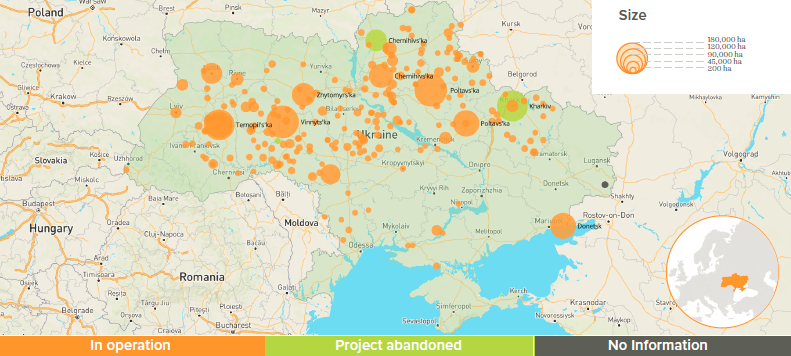Country profile: Ukraine
Of Ukraine’s 60 million hectares (ha) of total land area, 55% is classified as arable land, which is the highest ratio in Europe. While this incredible wealth of fertile land has earned Ukraine the title of the ‘breadbasket of Europe’, it has also caused intense debate on how land relations should look following the collapse of the Soviet Union. One of the most contentious issues since the land reform process began in 1992 is the controversial moratorium on the sale of land, which has been in place for almost two decades. Although the moratorium was intended to prevent land ownership being dominated by a select few, in reality, this is exactly what has happened.
To begin with, millions of Ukrainian villagers were given small plots (four ha on average) of land which was formerly state-owned or communal under the Soviet Union through privatisation during the land reform process. However, as investors realised they could circumvent the moratorium’s prohibition on land sales through lease agreements, and villagers were forced to rent out their land for trifling sums as a lack of capital and the fact that the plots were so fragmented prevented them from cultivating the land themselves, thousands of these plots gradually becoming concentrated under the control of the investors, especially in the form of agroholdings. These agroholdings and other powerful companies were able to take advantage of close political connections and easier access to financing to gain access to, and control over, land, while approvals from the Antimonopoly Committee of Ukraine meant companies with stable financial support could buy up agricultural enterprises with leased land and other assets, ultimately leading to one of the most dramatic increases in the concentration of land in the country’s independent history.
On 31 March 2020, the moratorium on the sale of land in Ukraine was finally lifted. This opening of the land market will undoubtedly have a significant impact on the nature of large-scale land acquisitions (LSLAs) in the country – particularly for the 42 million ha of agricultural land, of which 32.7 million ha is arable.
